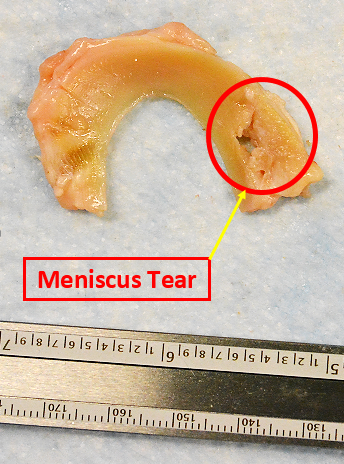Meniscus Tear and Transplantation
Meniscal injuries are the most common surgically treated knee injury in the United States, with over 1,000,000 meniscal procedures being performed annually. The meniscus has important functions in the knee, such as load-bearing, shock absorption, joint stability, joint lubrication, joint congruity and proprioception. Furthermore, they decrease the contact stress and increase the contact area and congruency of the knee. The procedures of meniscectomy (partial or subtotal/total), repair of the meniscal lesion and meniscal transplant are the proposed operative treatments for the meniscal lesions. Recent studies also suggests leaving small tears (less than 10mm) alone after anterior cruciate ligament (ACL) reconstruction.
Despite the important stability function of the lateral meniscus and the reported compromise of knee stability after lateral meniscectomy, it is not known in the current literature the effects of the lateral meniscal allograft transplantation on knee kinematics. As instability after lateral meniscectomy could predispose the injured knee to subsequent knee lesions such as ligament, chondral and contralateral meniscus injuries, leading to early-onset of osteoarthritis, the knowledge of the changes in knee kinematics after lateral MAT is of relevant importance.
The purposes of this study are to evaluate the effects of lateral meniscal allograft transplantation on knee kinematics and tibiofemoral contact pressures, and secondary to compare these effects between the graft fixation types, bone fixation and suture-only fixation. Furthermore, to investigate whether vertical as well as radial meniscus tears propagate during flexion–extension under combined axial and rotatory loads and whether meniscus repair can prevent such tear propagation.

Figure 1: Meniscus tear after knee loading